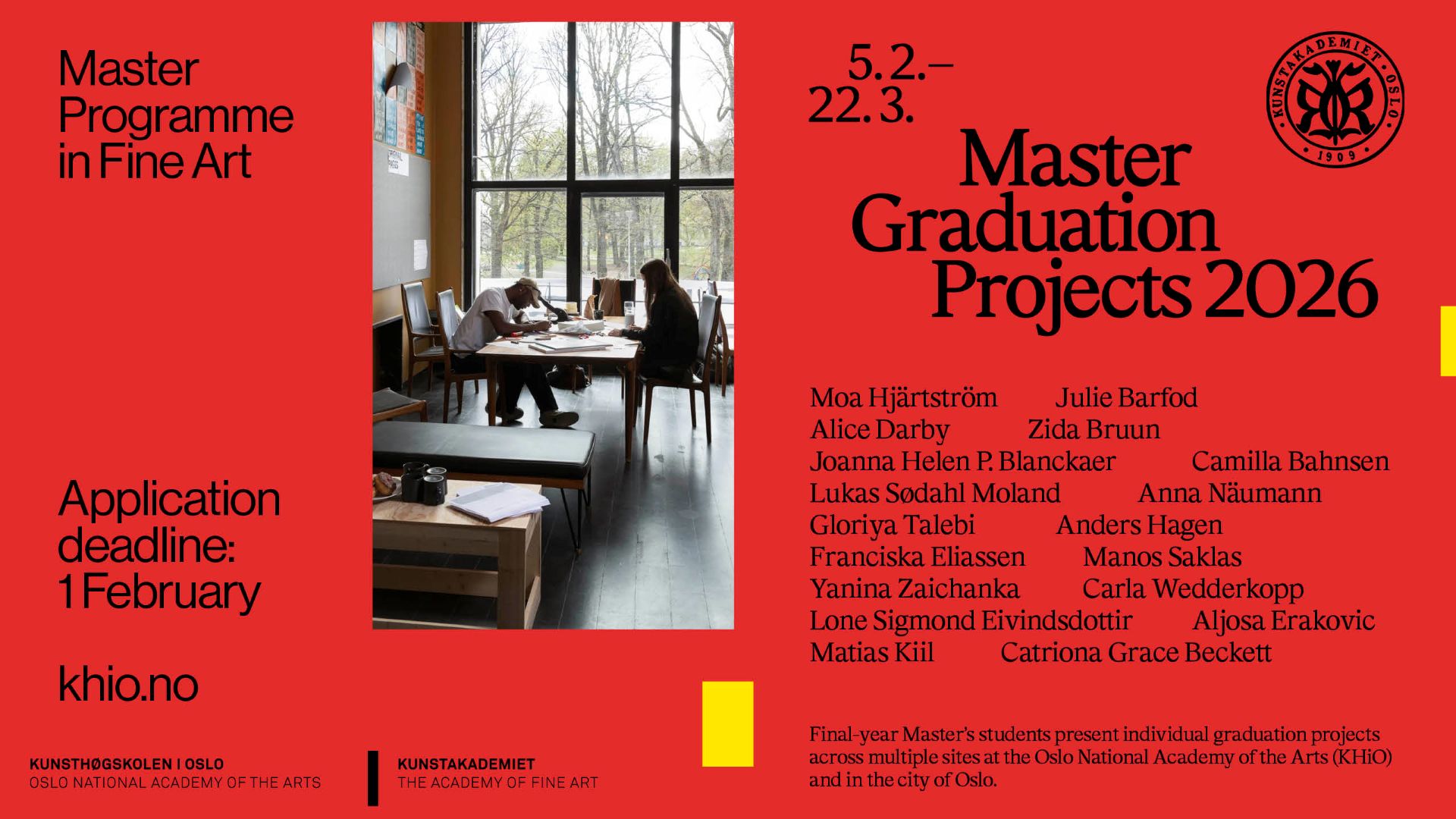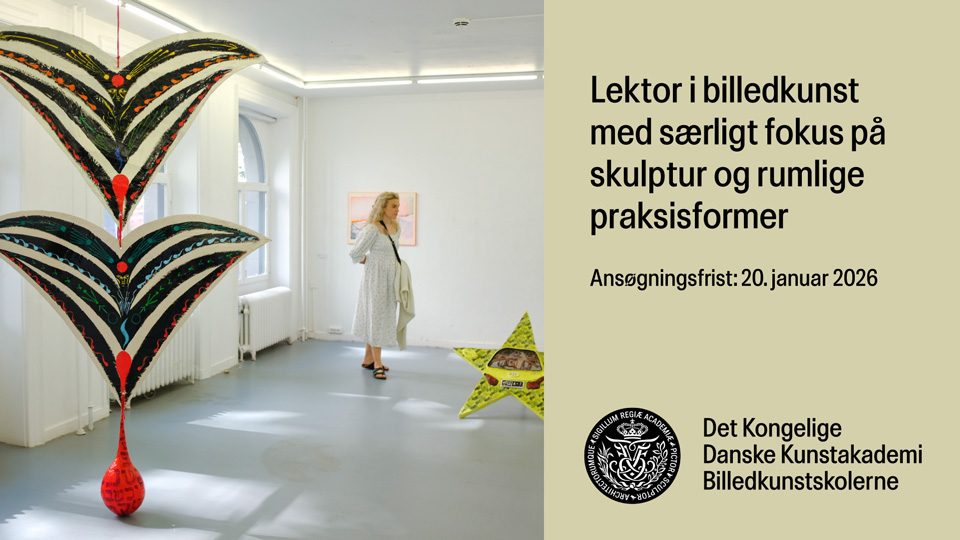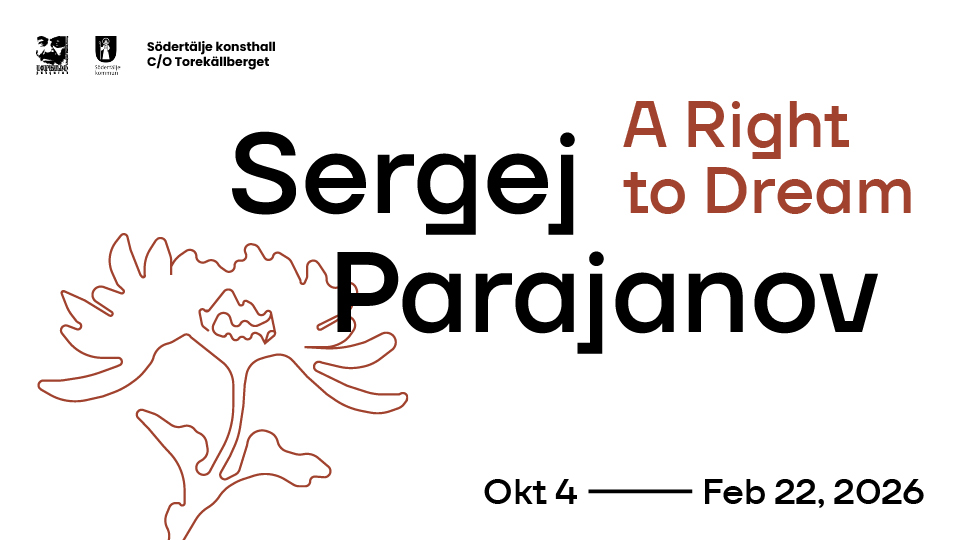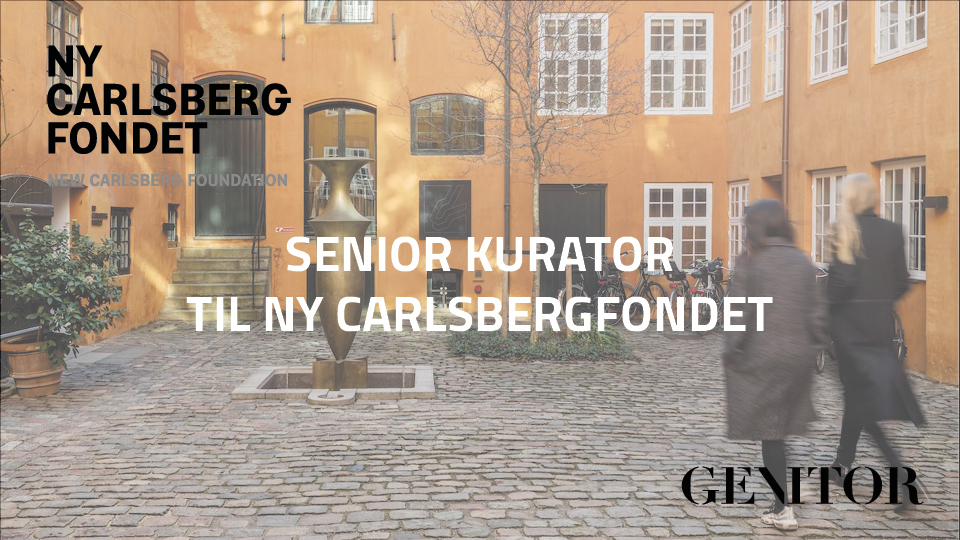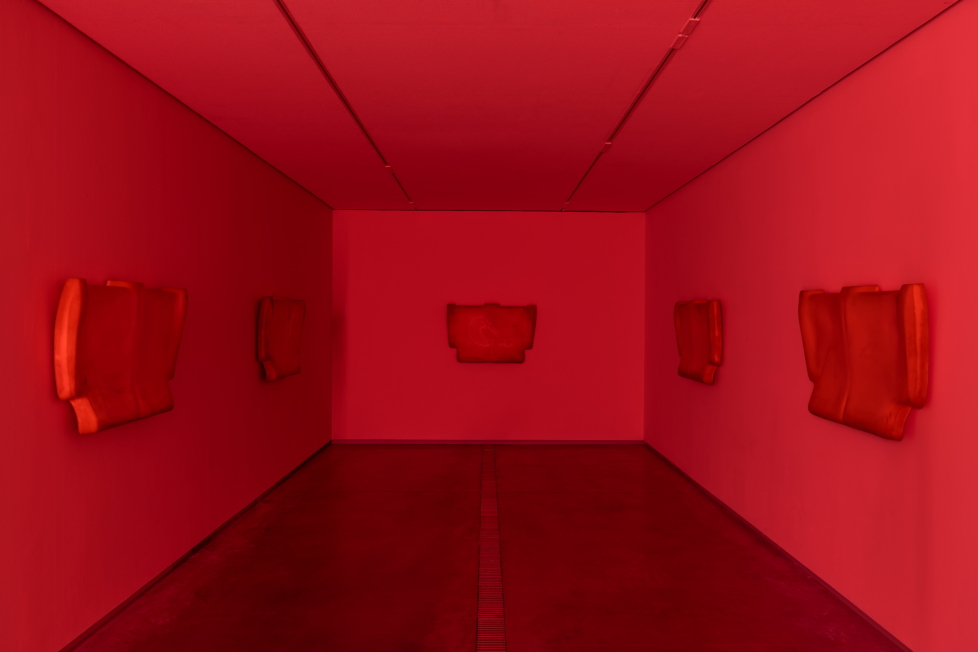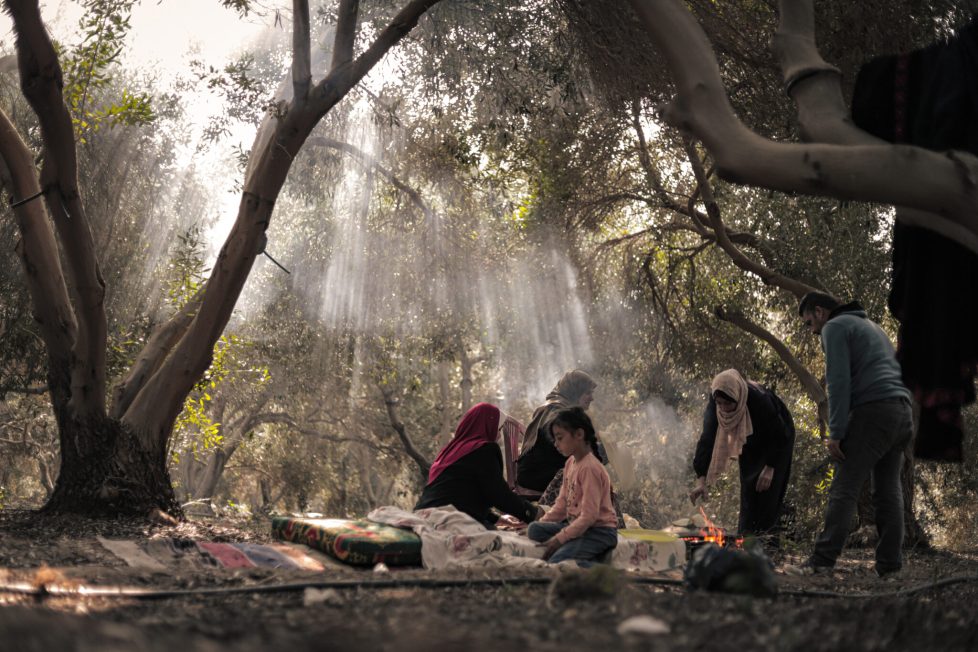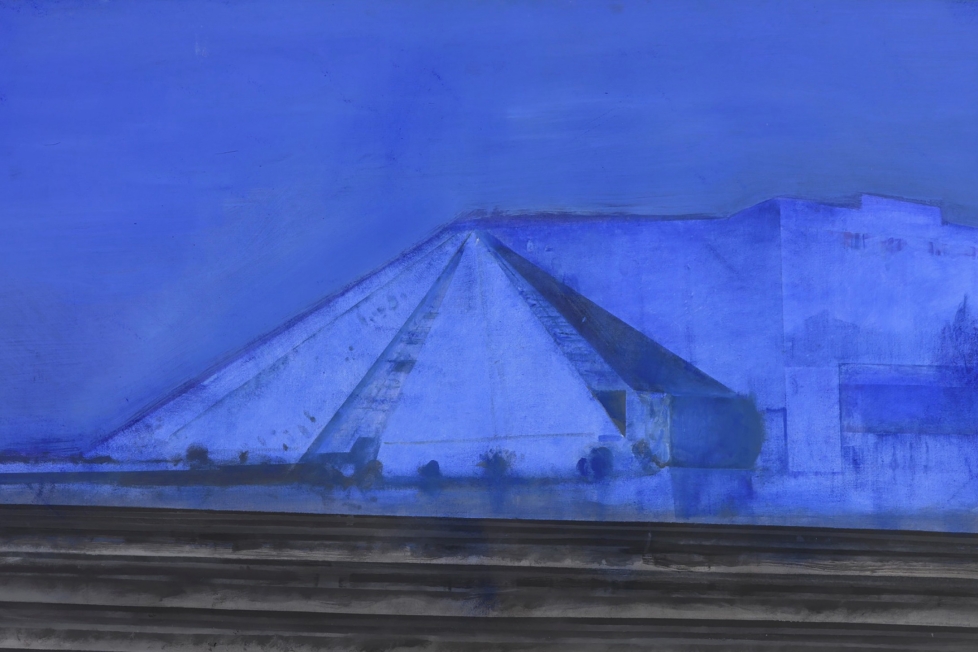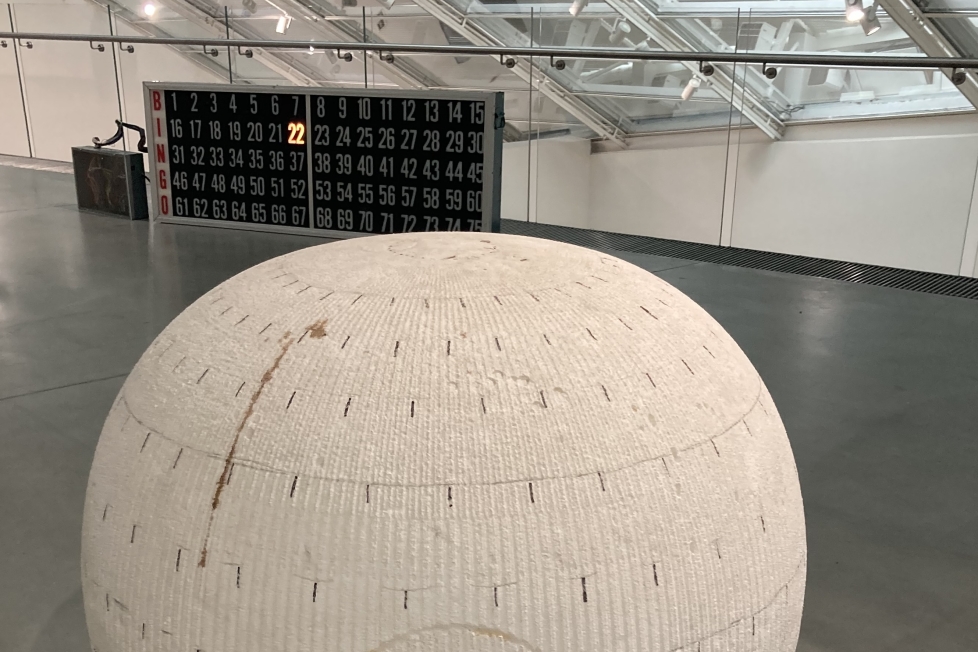
Carnegie have decided to put an end to their Carnegie Art Award, effective immediately. The announcement is made on the Carnegie Art Award’s website, which also states that over the course of 2014 the investment bank will evaluate the award and consider how Carnegie “can best be involved in Nordic culture in the future. Meanwhile, we have decided not to continue with Carnegie Art Award in its present form.”
However, the award must be regarded as permanently terminated rather than simply undergoing revision; this is strongly suggested by the “thank-you-and-goodbye” letter that a range of the award’s partners through the years (artists, institutions, etc.) have received in the last couple of days. The letter was sent by the staff at the Carnegie Art Award office, which will now cease operation after 16 years – terminating two full-time positions in the process.
Carnegie Art Award was established in 1998 by the Carnegie Investment Bank with the express purpose of promoting Nordic contemporary painting. Each of the recurring events included an exhibition shown in all Nordic capitals, a book, and 1st, 2nd, and 3rd prizes to the amount of, respectively, SEK 1,000,000, SEK 600,000 and SEK 400,000, as well as an SEK 100,000 stipend given to a young promising artist.

Measured in purely pecuniary terms the Carnegie Art Award was one of the largest art awards in the world. By way of comparison, winners of the far more prestigious Turner Prize receive “only” GBP 25,000 (SEK 266,000). Winners of the Hugo Boss award get USD 100,000 (SEK 650,000), while recipients of the Prix Marcel Duchamp will walk away with EUR 35,000 (SEK 309,000). However, the Carnegie Art Award never reached the same levels of prestige, a fact that is undoubtedly linked to the somewhat old-fashioned stipulation that the award should be specifically devoted to painting only. Over the course of the last decade it has been quite obvious that various juries through the years have found this obstacle frustrating, seeking to skirt around this rather obsolete media-specific perspective by nominating artists that worked on the very edges of painting (such as A-Kassen, Børre Sæthre, Felix Gmelin, Camilla Løw and Jesper Just) – without, however, really effecting much change to the award’s overall profile.
Being dedicated to the visual arts as such without specifying a particular medium might have won the award greater prestige – for painters and non-painters alike – and ensured greater attention to the Carnegie Art Award outside the Nordic countries. Having said that, this remains a sad day in the millennia-long history of art patronage, of private agents supporting the arts and demonstrating an interest in a rich cultural life. One can only hope that sufficiently many will continue to ask Carnegie about their future plans, holding the investment bank to their promise of getting back to us after spending some time in 2014 thinking about how they can “best be involved in Nordic culture in the future.”

